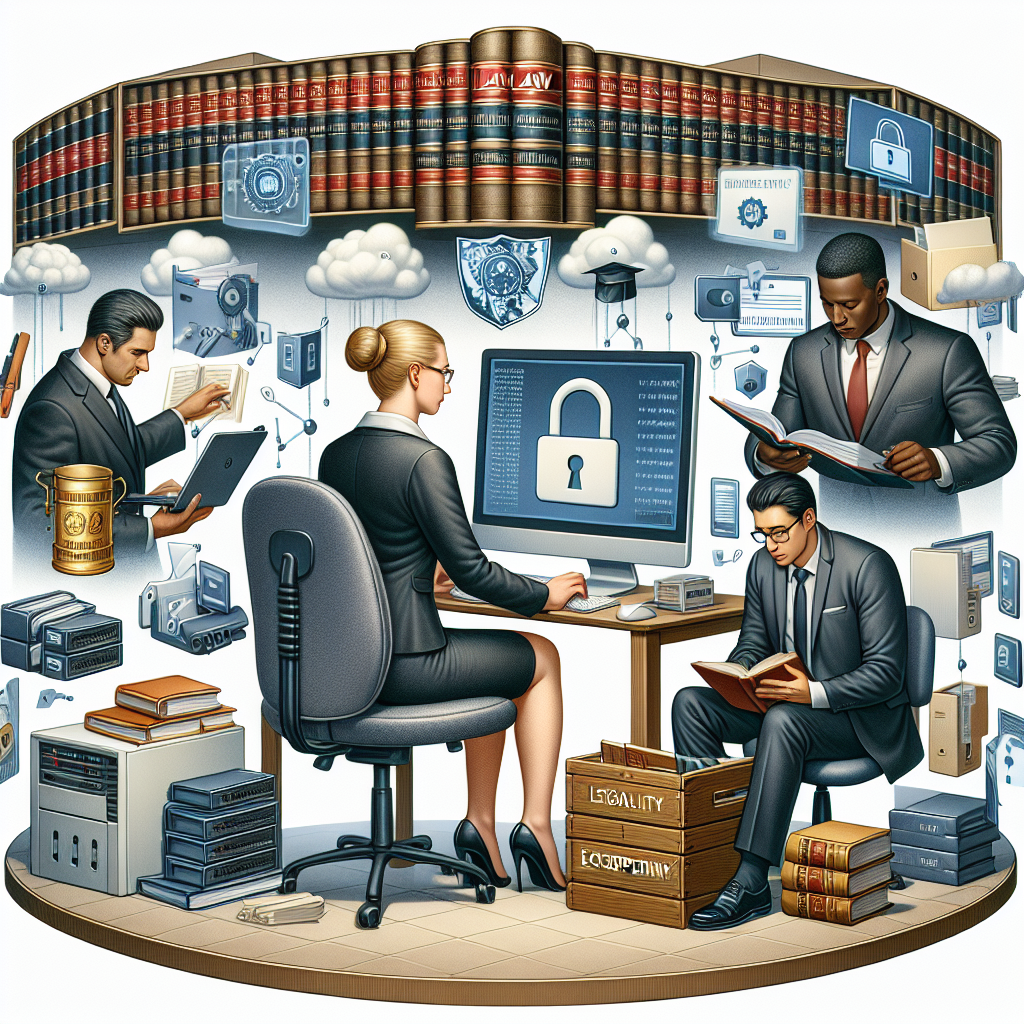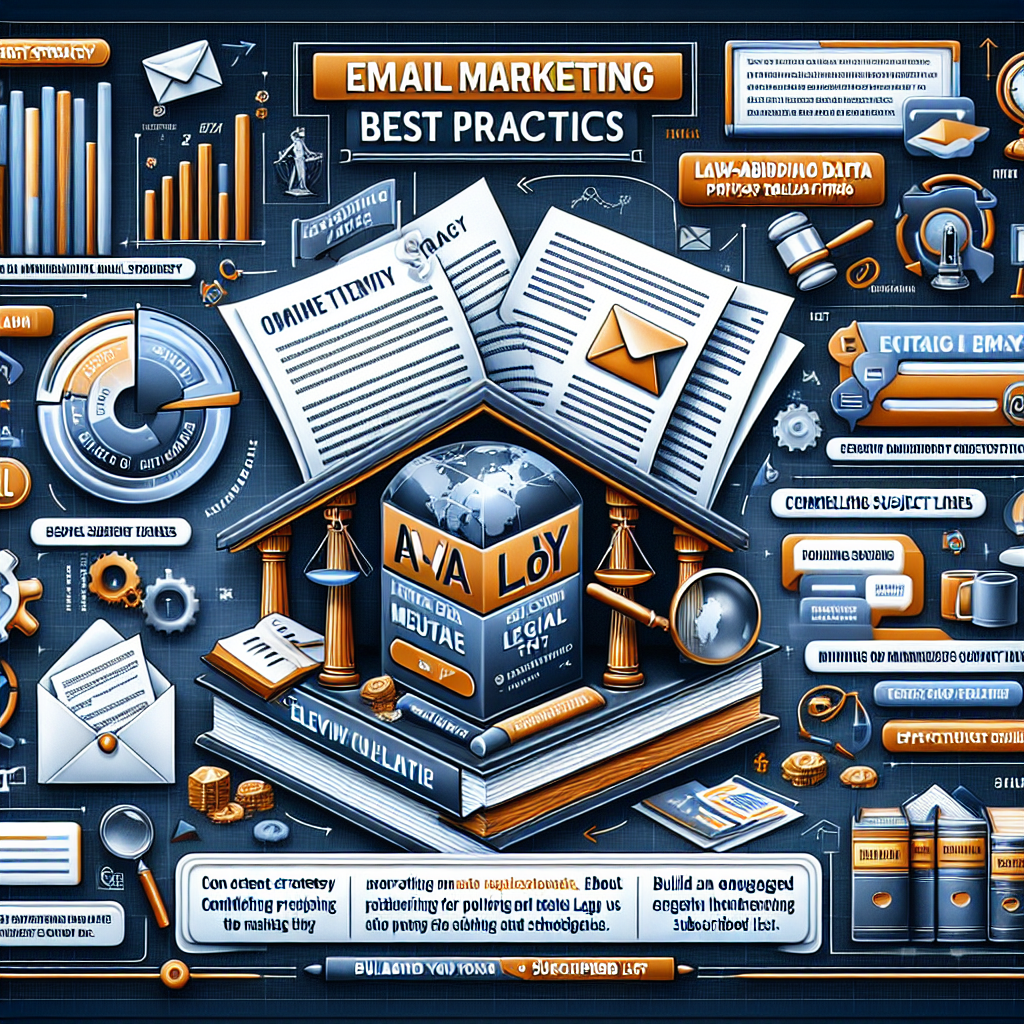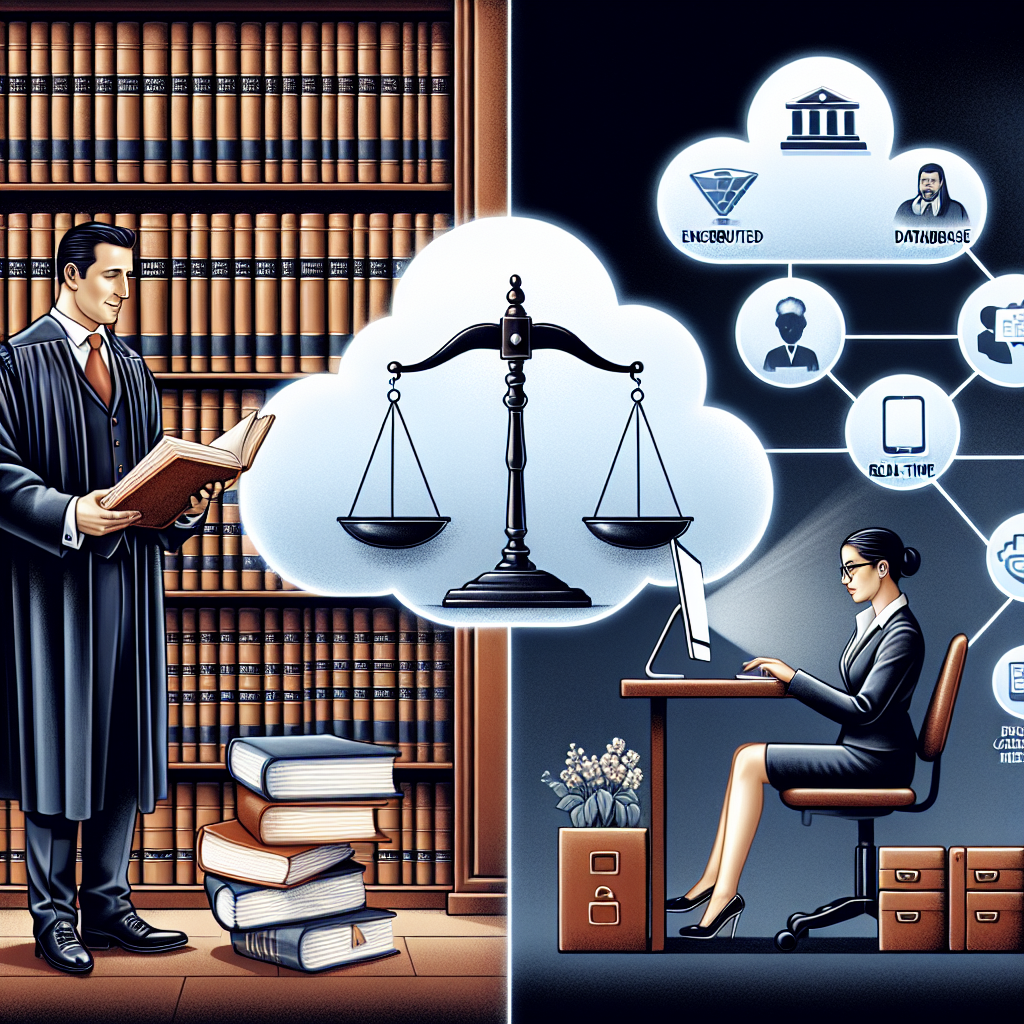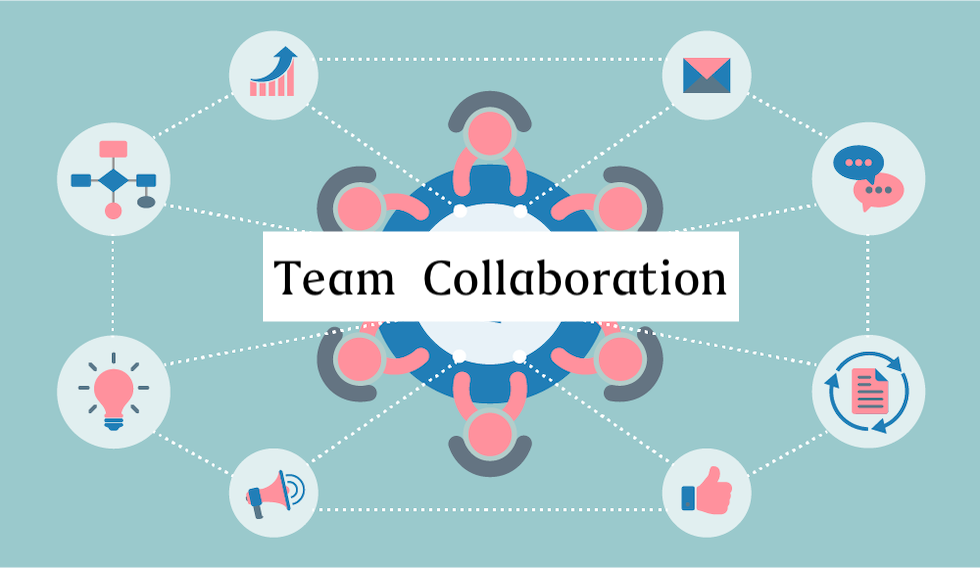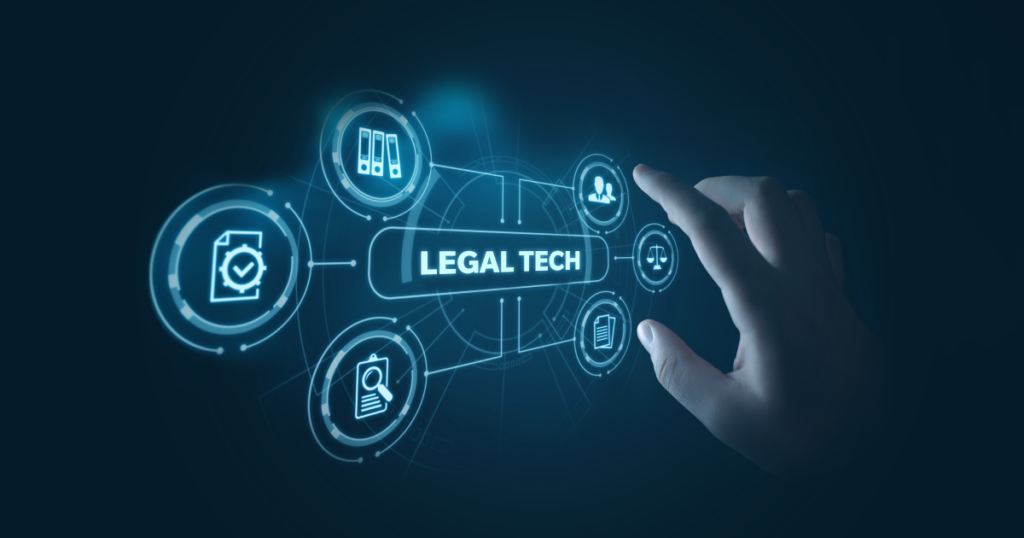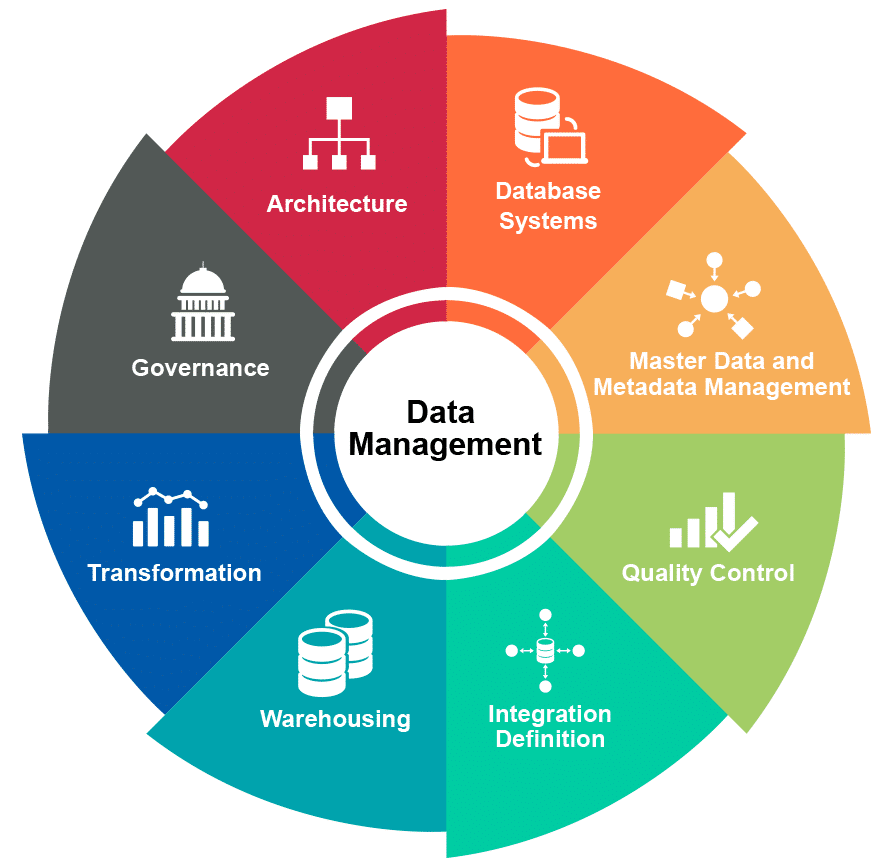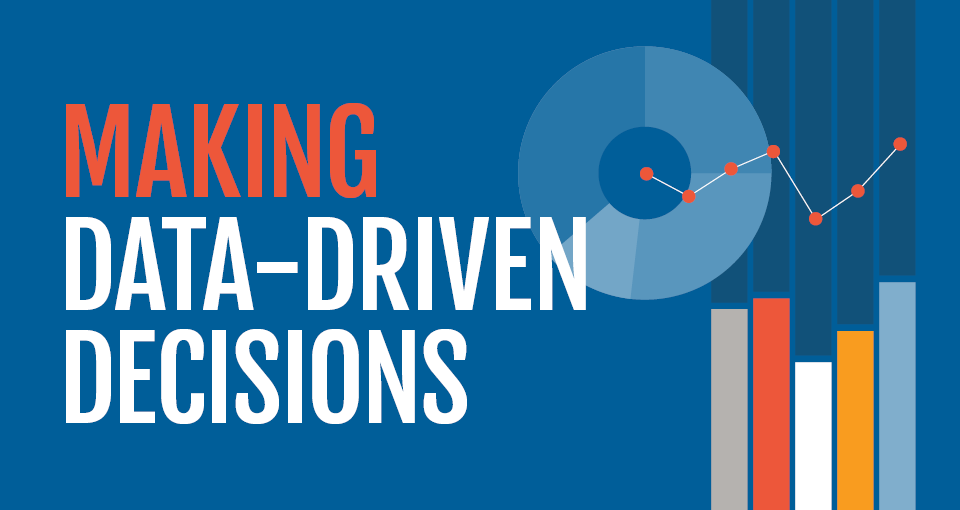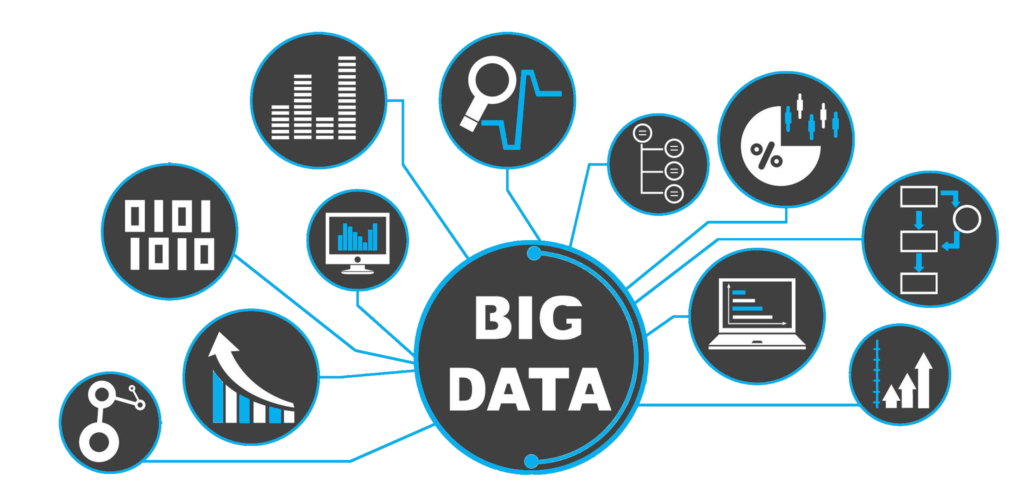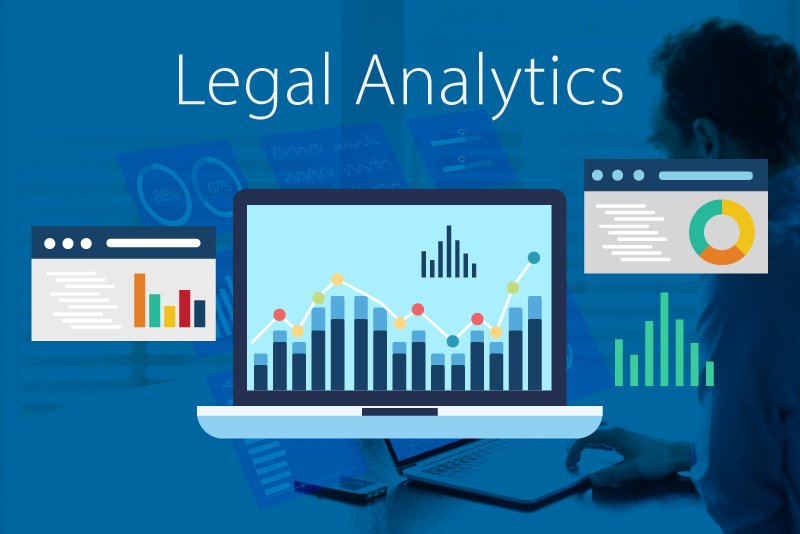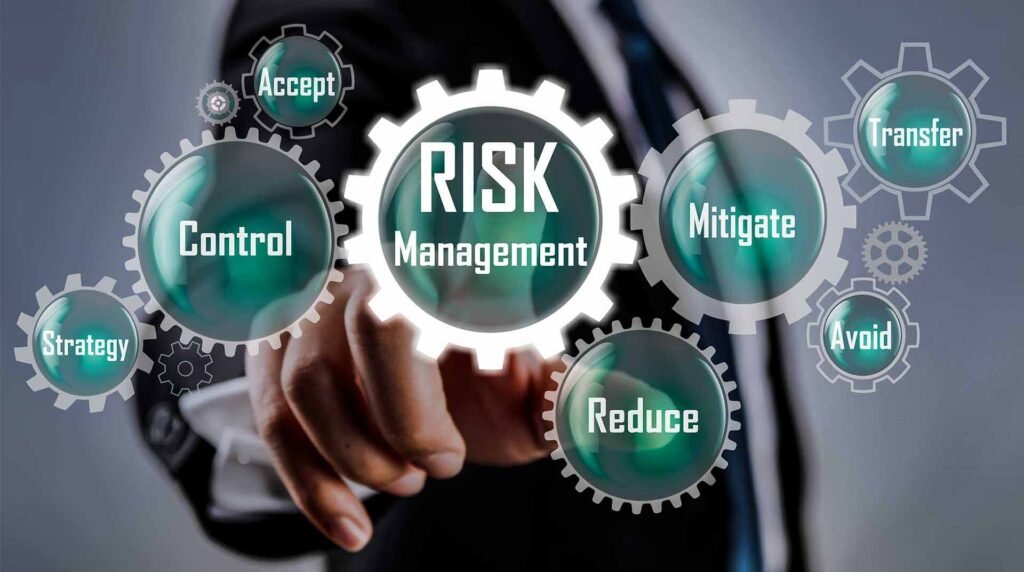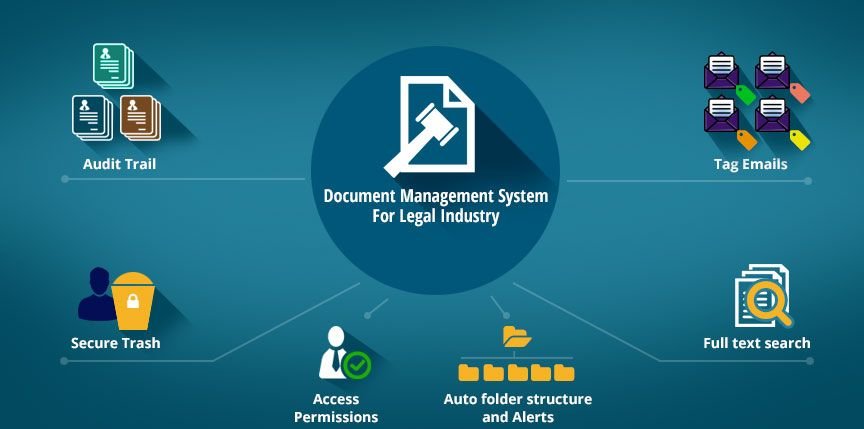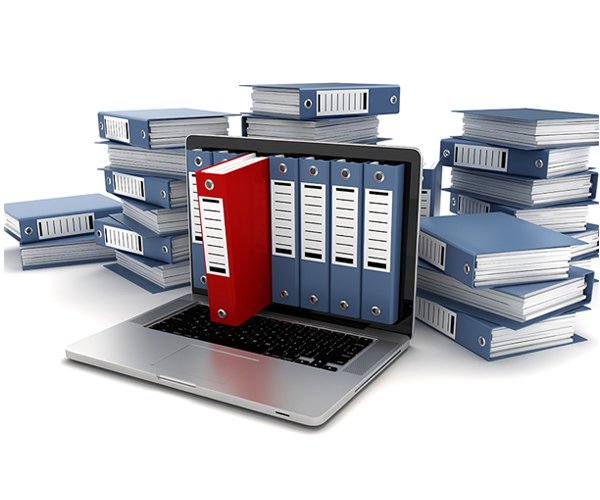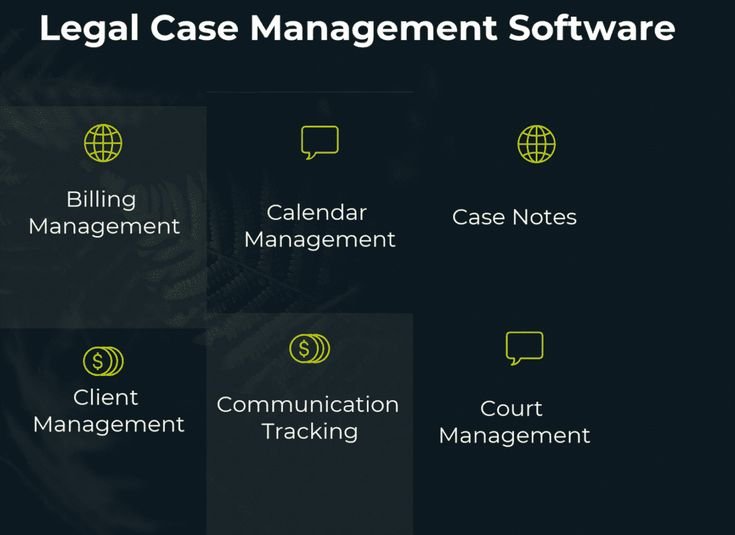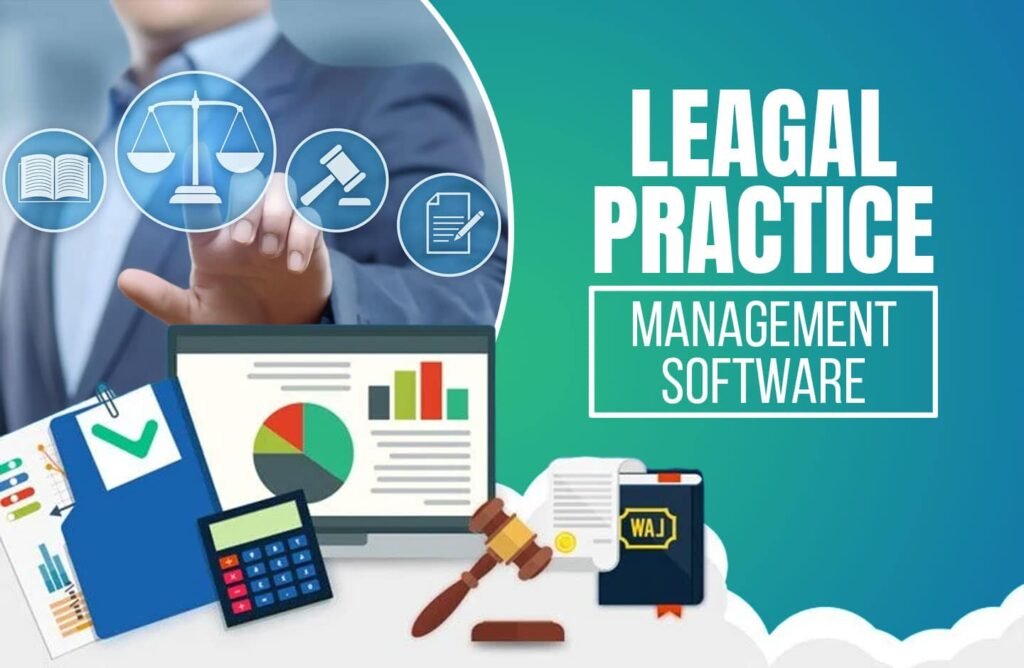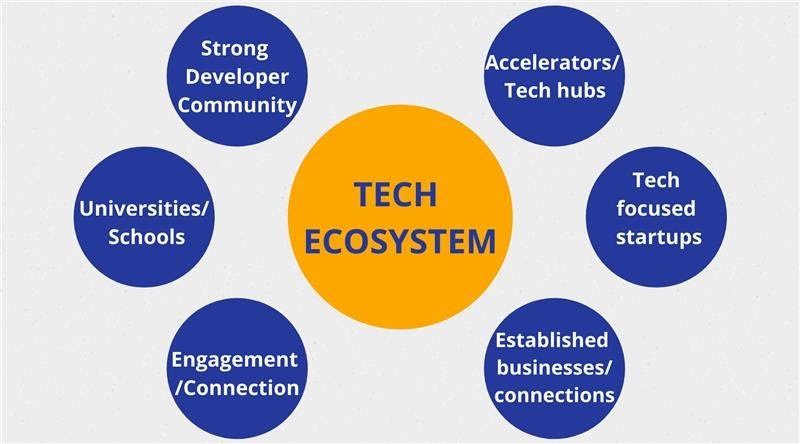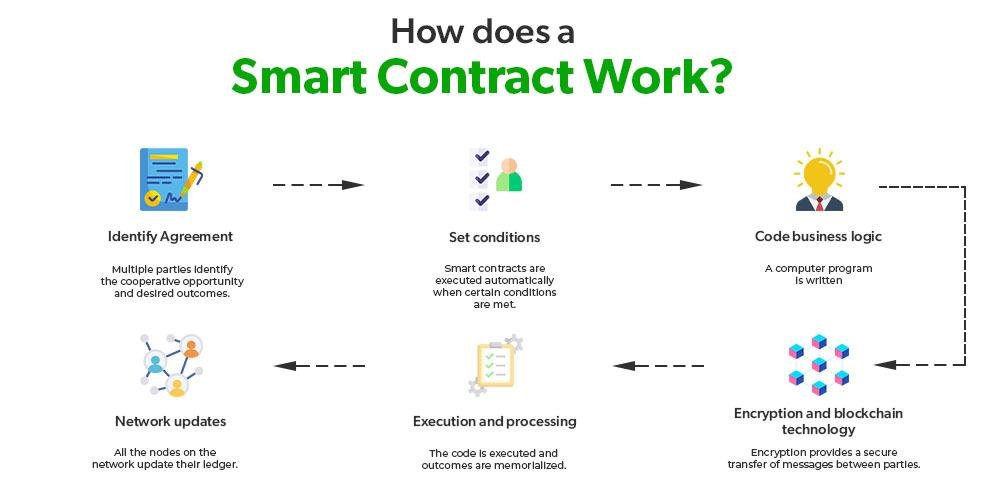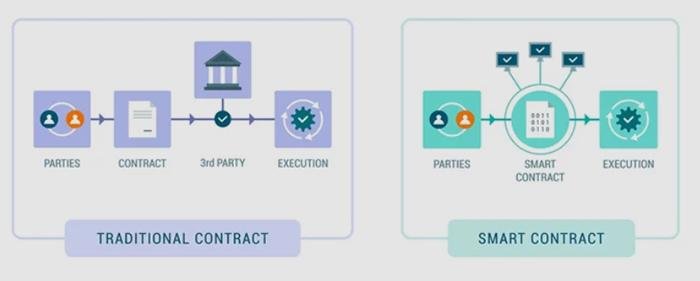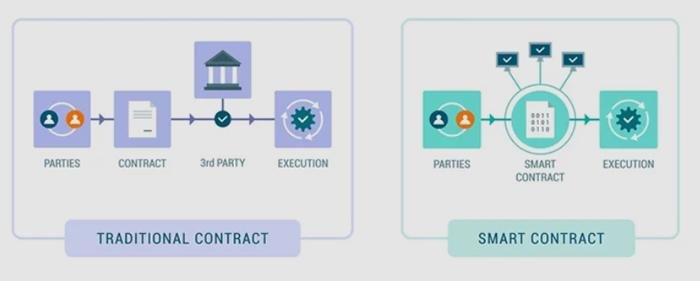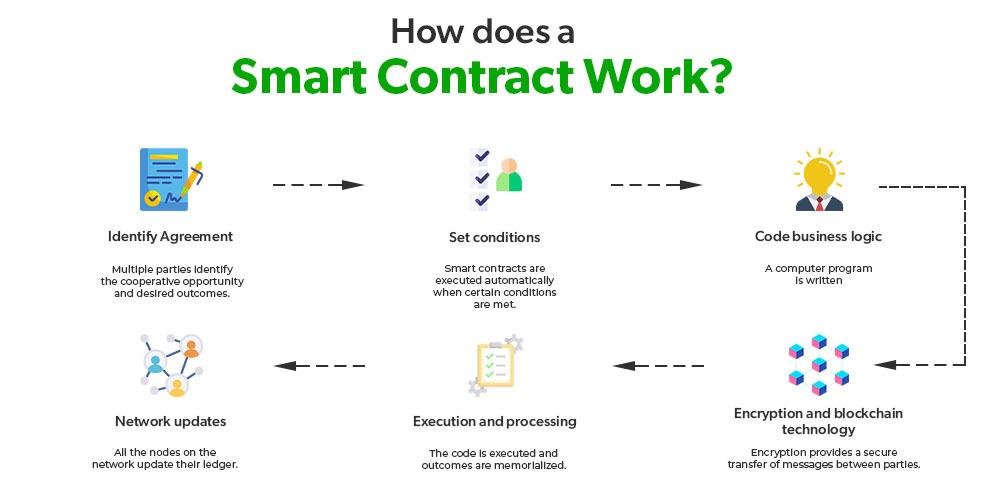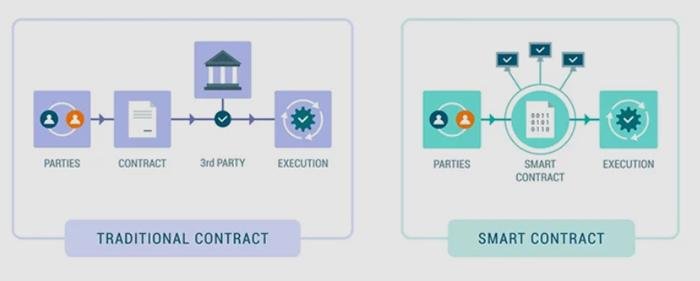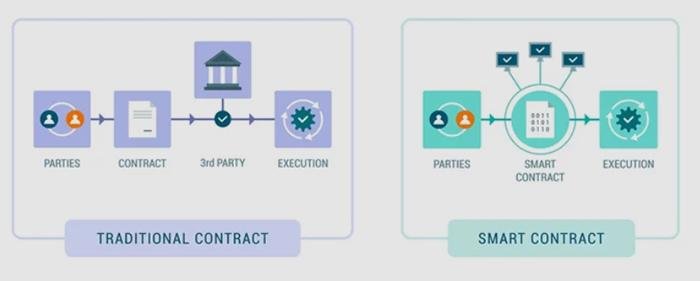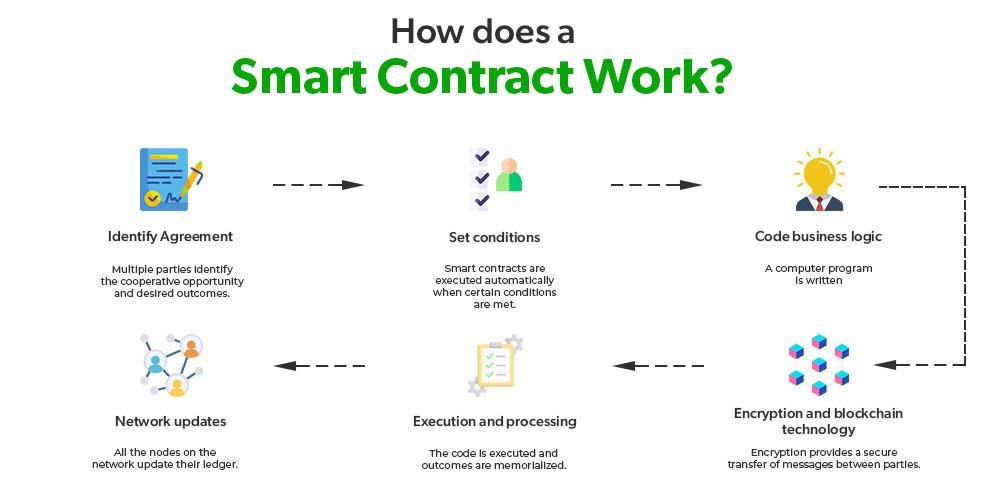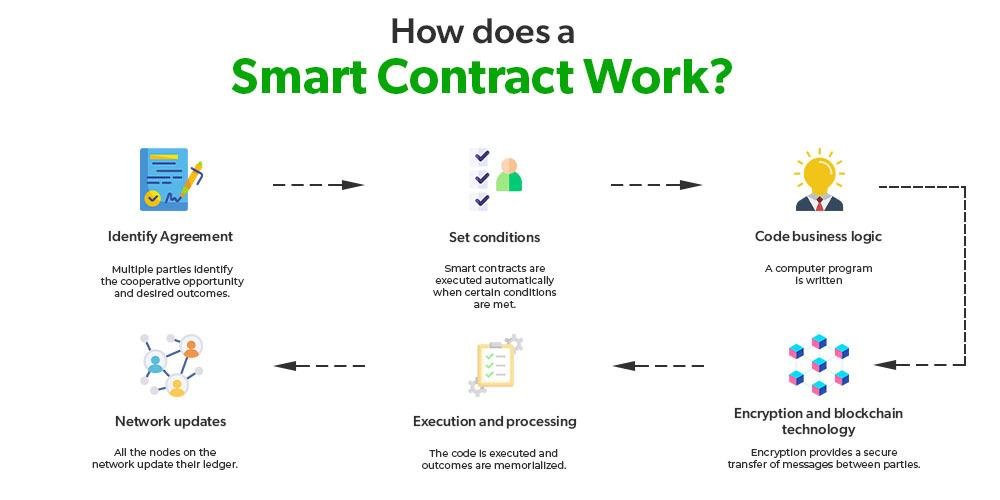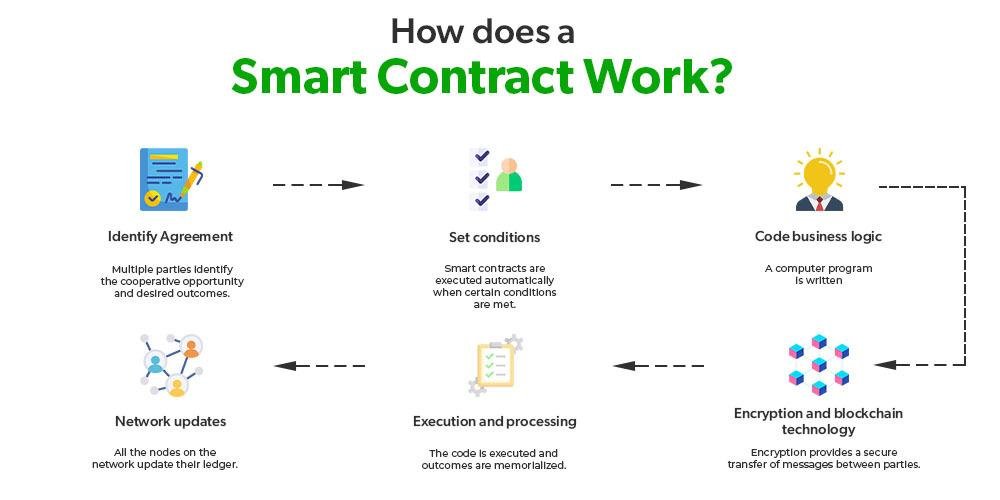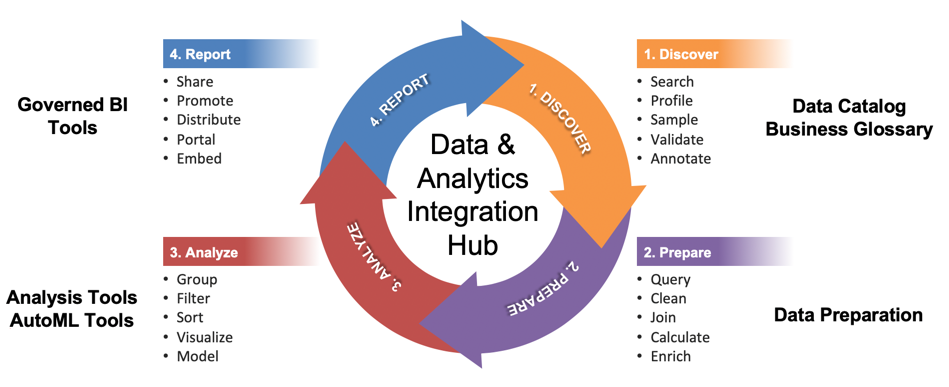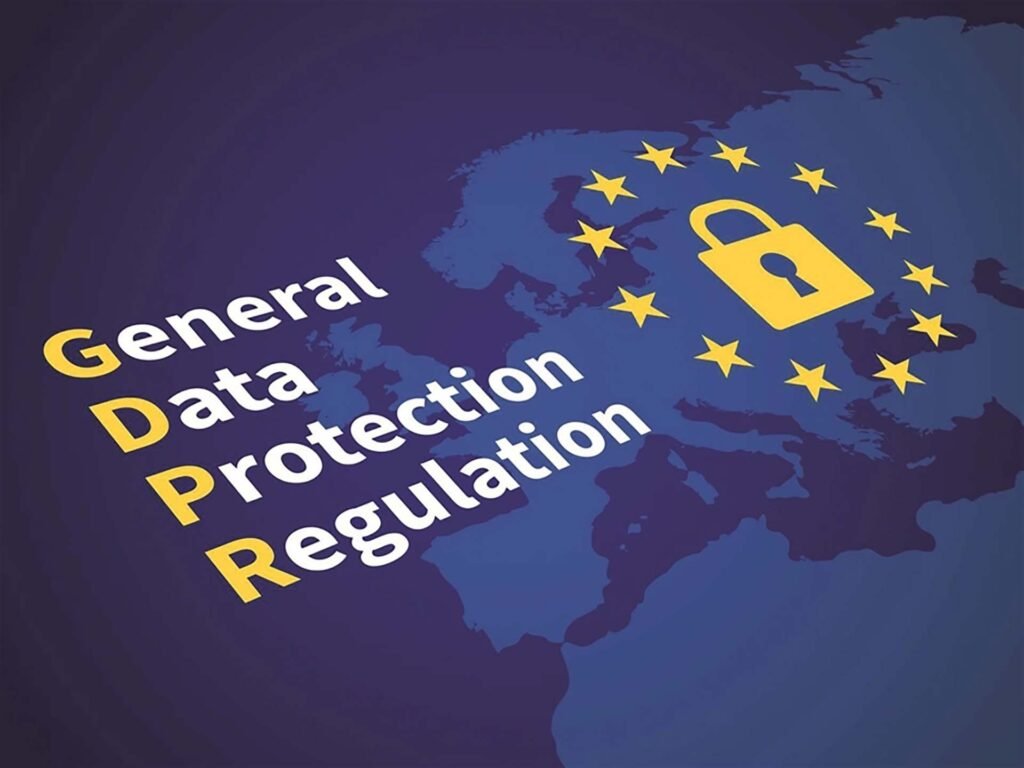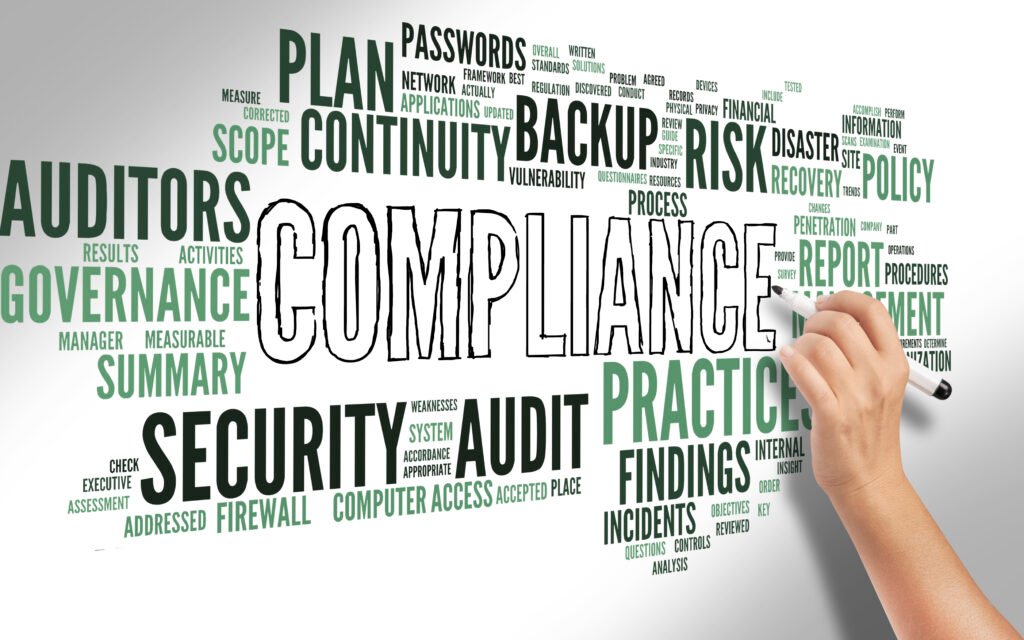How to Choose the Right E-Discovery Software

Table of Contents
- Introduction
- Key Features to Look for in E-Discovery Software
- Understanding Your Organization’s Specific Needs
- Comparing Pricing Models of E-Discovery Solutions
- Evaluating User Experience and Interface Design
- Importance of Compliance and Security in E-Discovery
- Assessing Customer Support and Training Options
- Conclusion
Introduction
Choosing the right e-discovery software is essential for legal professionals engaged in litigation, compliance, and investigations. With the increasing volume of electronic data, the right solution can greatly enhance efficiency and success. Key factors to consider include scalability, ensuring the software can grow with your needs, and user-friendliness for easy navigation by your team. Integration with other tools you already use is important, as is having advanced search functionalities to quickly locate relevant data. Cost-effectiveness should also be a priority, balancing your budget with the value offered. Finally, understanding your organization’s specific needs—such as the types of data you manage and your team size—will help you identify the best e-discovery solution for your requirements.
Key Features to Look for in E-Discovery Software
When selecting e-discovery software, consider these important features to enhance efficiency and effectiveness:
- Robust Search Capability:
- Seek out sophisticated search features that allow for intricate queries and detailed filtering.
- This helps quickly locate relevant documents and saves time.
- Comprehensive Data Processing:
- The software should support various file types (emails, documents, multimedia).
- Features like data deduplication eliminate redundant files for easier review.
- Scalability:
- Make sure the software is capable of managing substantial amounts of data effectively.
- It should be able to grow with your organization’s needs.
- User-Friendly Interface:
- An intuitive design makes navigation easier, especially under pressure.
- A good interface reduces the learning curve and improves team collaboration.
- Security Features:
- Look for strong security measures, such as encryption and access controls.
- Ensure the software offers audit trails and data backup options to protect sensitive information.
- Integration Capabilities:
- The software should easily connect with other tools you use, like case management systems.
- This promotes a seamless workflow and reduces manual data handling.
- Analytics and Reporting:
- Advanced analytics can reveal data patterns, aiding decision-making.
- Customizable reporting tools help present findings clearly to stakeholders.
- Customer Support and Training:
- A responsive support team is crucial, especially during critical times.
- Training resources, like tutorials and webinars, help users maximize the software’s potential.
Understanding Your Organization’s Specific Needs
Choosing the right e-discovery software is crucial for organizations involved in legal proceedings or data management. Here’s how to assess your specific needs to make an informed choice:
- Assess Data Volume and Type:
- Identify how much data your organization handles and its nature.
- Different industries generate different data types (e.g., financial institutions have transactional data, while healthcare providers manage patient records).
- Choose software that specializes in the types of data you frequently encounter.
- Evaluate Data Complexity:
- Consider the sources of your data (e.g., cloud storage, on-premises servers, mobile devices).
- Look for software that can integrate with multiple platforms for efficient data collection and management.
- Understand Legal and Regulatory Requirements:
- Research the compliance standards relevant to your industry (e.g., data retention and privacy laws).
- Ensure the software complies with these regulations to avoid legal issues.
- Consider Organizational Size and Structure:
- Larger organizations may need robust solutions for multiple users and complex workflows.
- Smaller firms might benefit from simpler, user-friendly options.
- Assess your team’s technical skills; choose software with an intuitive interface if expertise is limited.
- Evaluate Budget Constraints:
- Understand your budget for e-discovery software, including initial costs and ongoing expenses (maintenance, updates).
- Look for solutions that offer the best value while meeting essential features.
- Engage Stakeholders:
- Involve teams from legal, IT, and compliance to gather insights on specific needs and challenges.
- A collaborative approach ensures the selected software meets diverse requirements across the organization.
Read Also: Leveraging AI to Reduce Costs in E-Discovery Processes
Comparing Pricing Models of E-Discovery Solutions

When choosing e-discovery software, understanding the pricing models is crucial. Each model has its pros and cons, so here’s a breakdown of the main options:
- Subscription-Based Pricing:
- What it is: Users pay a regular subscription fee, either monthly or annually, for access.
- Advantages:
- Predictable budgeting, making financial planning easier.
- Often includes regular updates and customer support.
- Disadvantages:
- Check for any extra charges for additional features or increased storage.
- Pay-As-You-Go (Usage-Based) Pricing:
- What it is: Organizations pay only for the resources they actually use.
- Advantages:
- Flexibility for organizations with fluctuating e-discovery needs.
- Ideal for one-off cases without long-term commitments.
- Disadvantages:
- Costs can become unpredictable if data volume or complexity increases.
- Tiered Pricing:
- What it is: Offers different service levels at varying price points.
- Advantages:
- Allows customization based on specific needs (e.g., basic vs. advanced features).
- Disadvantages:
- Must carefully evaluate what features are included in each tier to avoid unnecessary costs.
- Flat-Rate Pricing:
- What it is: A single fee covers all aspects of the service.
- Advantages:
- Simplifies budgeting by avoiding variable costs.
- Disadvantages:
- Ensure the flat rate includes all necessary features, as hidden costs may arise.
- Total Cost of Ownership (TCO):
- Consider not just the initial software cost but ongoing expenses like maintenance, training, and upgrades.
- A holistic view of costs helps assess the overall financial impact of your e-discovery solution.
Evaluating User Experience and Interface Design
When selecting e-discovery software, focusing on user experience and interface design is essential for enhancing productivity and streamlining workflows. Here are key factors to consider:
- Intuitive Layout:
- The interface should be organized and logical for easy navigation.
- Avoid cluttered or confusing designs to prevent frustration and inefficiency.
- Clear Presentation of Information:
- Look for clear labeling, consistent terminology, and a coherent structure.
- This clarity helps users adapt quickly to the software.
- Customization Options:
- Check if users can tailor their workspace (e.g., rearranging toolbars, creating shortcuts).
- Personalization enhances comfort and efficiency by catering to individual needs.
- Responsiveness:
- Ensure the software performs actions (clicking, loading, searching) quickly without delays.
- Test the software in real-world scenarios to assess its performance under typical workloads.
- Training Resources and Support:
- Inquire about available training programs, tutorials, and customer support.
- Robust onboarding and ongoing support demonstrate the vendor’s commitment to user success.
- Device Compatibility:
- Confirm that the software works on various devices and operating systems (desktop and mobile).
- Accessibility on multiple platforms enhances flexibility and collaboration.
- User Feedback:
- Gather insights from current users through reviews and testimonials.
- Engaging with a community can reveal valuable tips and insights about the software.
Importance of Compliance and Security in E-Discovery
In e-discovery, compliance and security are essential. As organizations depend more on digital data, managing this information responsibly is crucial. Here’s why these factors matter:
- Compliance with Regulations:
- Organizations must follow various regulations governing data collection, storage, and processing.
- Different industries (like healthcare and finance) face specific laws (e.g., HIPAA for healthcare, GDPR for data protection).
- E-discovery software should include features like data encryption, audit trails, and user access controls to support compliance.
- Reputation and Financial Impact:
- Non-compliance can lead to legal penalties, damaging an organization’s reputation and financial standing.
- By prioritizing compliance, organizations build trust with clients and stakeholders.
- Robust Security Measures:
- Cyber threats are constantly evolving, making strong security measures critical.
- Look for software that offers multi-factor authentication, secure data transmission, and regular security updates.
- Investing in secure e-discovery solutions protects sensitive data from unauthorized access and breaches.
- Data Integrity:
- Maintaining data integrity is vital for preserving its evidentiary value in legal proceedings.
- E-discovery software should provide validation and verification mechanisms to ensure data remains unchanged and authentic.
- User Experience:
- A user-friendly interface can enhance training and adherence to security protocols.
- Intuitive software encourages employees to follow best practices for data handling, supporting compliance and security efforts.
- Comprehensive Evaluation:
- When selecting e-discovery software, organizations should assess solutions based on compliance capabilities, security features, and data integrity.
- Prioritizing these factors enhances e-discovery processes and strengthens overall data governance.
Assessing Customer Support and Training Options
When choosing e-discovery software, evaluating customer support and training options is crucial. Here are key factors to consider:
- Availability of Customer Support:
- Look for multiple support channels: phone, email, and live chat.
- Ensure support is accessible during business hours, with options for after-hours help, especially for organizations with urgent deadlines.
- Responsiveness:
- Research reviews to gauge the timeliness and effectiveness of the support team.
- Inquire about average response times for support requests to understand how quickly issues will be resolved.
- Quality of Training Options:
- Comprehensive training programs help users maximize the software’s capabilities.
- Check if the provider offers various formats: live webinars, on-demand video tutorials, and in-person sessions to suit different learning preferences.
- Depth of Training Content:
- Ensure training covers basic and advanced features to enhance productivity.
- Look for programs that include hands-on exercises, real-world scenarios, and best practices for practical application.
- Ongoing Training Opportunities:
- Ongoing training can keep users updated on new features and software enhancements.
- User Resources:
- Evaluate the availability of knowledge bases, FAQs, and community forums.
- A well-maintained knowledge base can help users find quick solutions independently, reducing the need for direct support.
Conclusion
When choosing the right e-discovery software, it is essential to assess your specific needs, including the size and complexity of your data, budget constraints, and the required features such as data processing, review capabilities, and integration with existing systems. Evaluate vendor reputation, customer support, and user experience through demos and trials. Prioritize scalability and security to ensure the software can grow with your organization and protect sensitive information. Ultimately, selecting the right e-discovery software involves a careful balance of functionality, usability, and cost-effectiveness to support efficient legal processes.












































































































































































































































